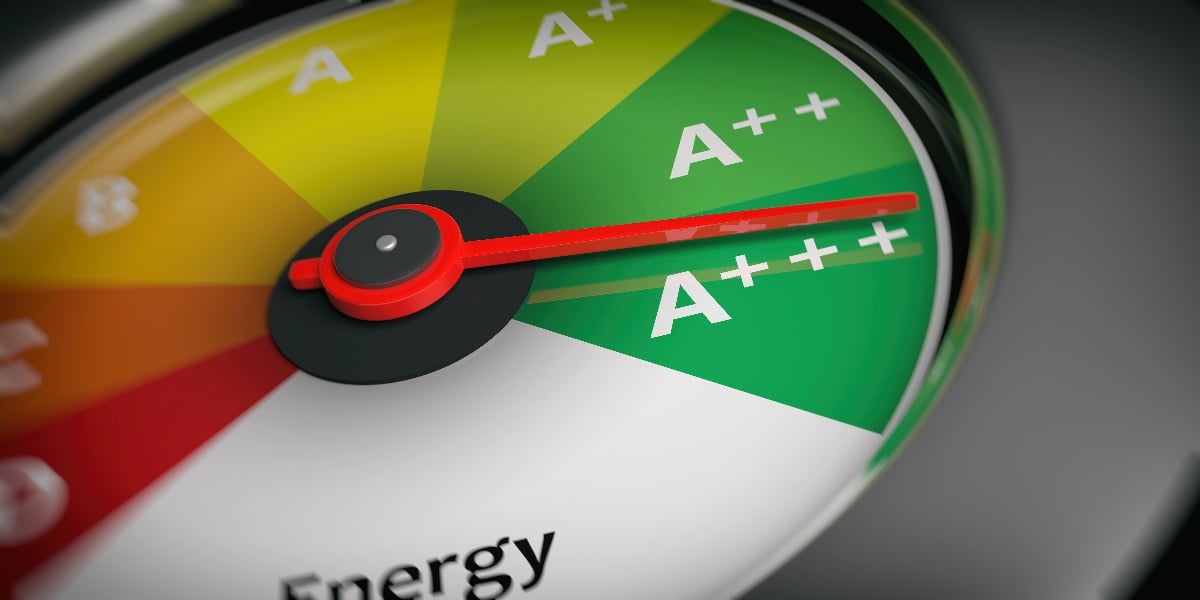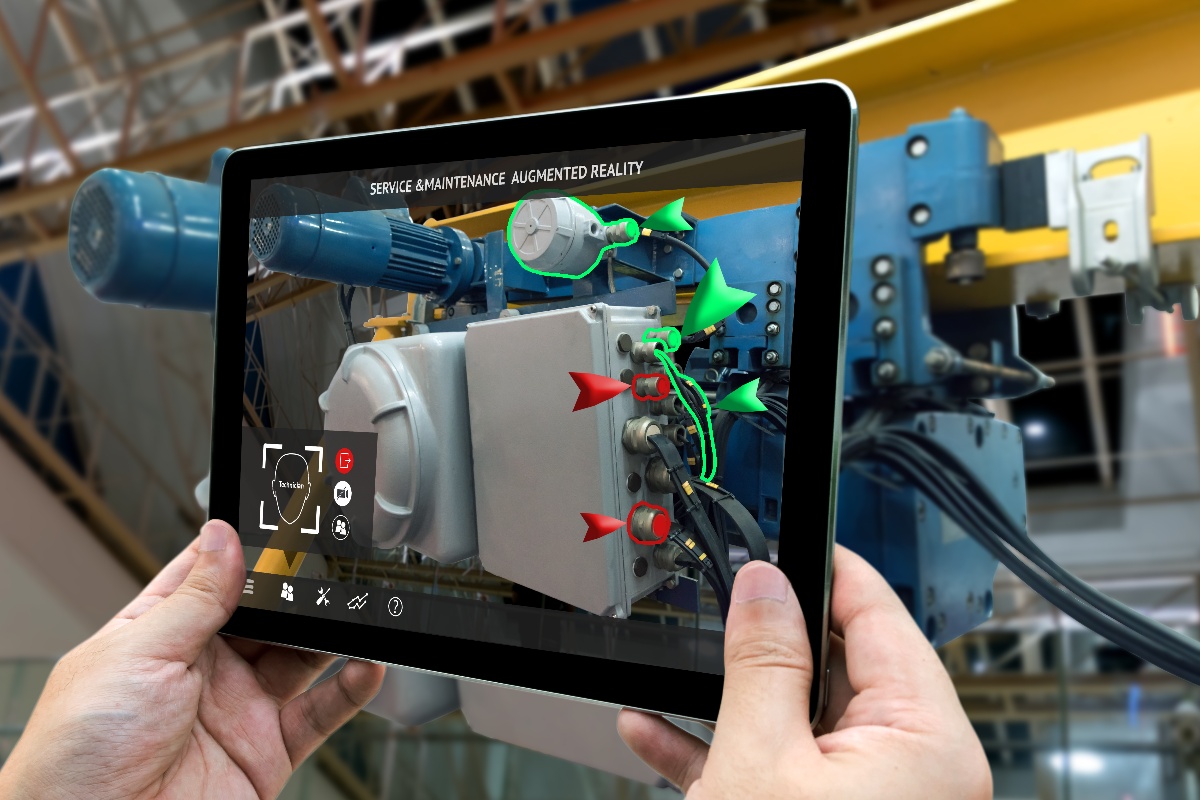
In today’s rapidly evolving and highly competitive industrial landscape, companies are under immense pressure to produce high-quality products quickly and at low costs to maintain a competitive edge. Failure to meet these standards can result in customer dissatisfaction, loss of market share, and increased costs related to rework, recalls, and legal liabilities.
Moreover, as globalization advances, manufacturers are not only competing with local businesses but also with international companies that may have more advanced technologies or more efficient manufacturing processes. In these times, adopting a zero-defect manufacturing (ZDM) strategy can be a significant differentiator and a key to long-term success.
This article will provide engineers, especially those involved in manufacturing and quality control, with the knowledge and tools needed to implement a zero-defect manufacturing system. The aim is to dissect the core components, strategies, and technologies that make up a ZDM system, thereby providing a roadmap for achieving exceptional quality in production processes.
What is Zero-Defect Manufacturing?
Zero-defect manufacturing is a management philosophy and set of methodologies aimed at minimizing defects in a manufacturing process to as close to zero as possible. This involves stringent quality control measures, continuous process improvements, and a focus on preventing defects rather than simply detecting and correcting them. The ultimate goal is to deliver products that meet or exceed customer expectations while reducing waste, lowering costs, and enhancing profitability.
History and Evolution
The concept of zero-defect manufacturing has its roots in quality management philosophies that emerged in the latter half of the 20th century. Building on earlier work by quality pioneers such as W. Edwards Deming and Joseph Juran, ZDM became more formalized with the advent of Six Sigma in the 1980s. Initially popularized by companies like Motorola and General Electric, ZDM has evolved to incorporate a variety of tools and methodologies, including Lean Manufacturing, Total Quality Management (TQM), and more recently, Industry 4.0 technologies.
The focus has shifted over the years from simply controlling defects to a more holistic approach that emphasizes defect prevention through optimized processes, real-time monitoring, and predictive analytics. With advances in automation and data analytics, today's ZDM systems are more integrated and intelligent than ever before.
Basic Principles of Zero-Defect Manufacturing
To effectively implement a zero-defect manufacturing system, it's crucial to understand the foundational principles that underlie this approach. These principles serve as the backbone of ZDM and guide organizations in crafting strategies, making decisions, and choosing the right methodologies and tools. Here, we delve into the core principles that engineers and manufacturing specialists should focus on.
Prevention over Detection
One of the key tenets of ZDM is the emphasis on defect prevention rather than mere detection. Traditional quality control methods often rely on detecting faults at various stages of the manufacturing process or even after the product has been made. While this can catch defects before they reach the consumer, it doesn't address the root causes that led to the defects in the first place. ZDM seeks to identify and eliminate the root causes of defects, thereby preventing them from occurring at all.
For engineers, this means designing processes that are robust and less prone to variability. It also entails using predictive analytics to preemptively identify potential issues before they manifest as defects. By focusing on prevention, organizations can achieve higher levels of quality while often reducing costs associated with rework and waste.
Continuous Improvement
The principle of continuous improvement, often linked with the Japanese term "Kaizen," is central to ZDM. It advocates the idea that there is always room for improvement, no matter how efficient a process may seem. This principle challenges organizations to continually scrutinize their manufacturing processes to find ways to reduce defects and improve quality.
Engineers play a critical role in this by constantly measuring key performance indicators (KPIs), conducting root cause analyses, and implementing improvements. This could be as simple as making minor adjustments to machine calibration or as complex as redesigning an entire production process.
Employee Empowerment
ZDM isn't just about top-down directives; it also involves empowering the people on the manufacturing floor to take ownership of quality. Employees should be trained and equipped with the tools they need to identify defects and their causes. Furthermore, they should be encouraged to provide feedback and suggest improvements to the existing processes.
When employees are empowered, they are more engaged and motivated to adhere to quality standards, which can significantly improve the success of a ZDM initiative.
Supplier Quality Management
In modern manufacturing, an organization’s supply chain plays a crucial role in product quality. A defect in a single component from a supplier can compromise the quality of the entire product. Therefore, ZDM principles extend beyond the boundaries of the organization to include suppliers.
This involves establishing quality requirements for suppliers, conducting audits, and fostering long-term relationships based on mutual benefit and continuous improvement. The aim is to create a supply chain that is not just efficient but also resilient and capable of maintaining high-quality standards.
Process Standardization and Control
For ZDM to be effective, there needs to be standardization in the manufacturing processes to ensure consistency. This involves clearly defining processes, setting standards, and ensuring that everyone involved understands and follows these standards.
Process control complements standardization by constantly monitoring production variables and adjusting them as needed to maintain quality. Engineers often use Statistical Process Control (SPC) techniques to monitor, control, and optimize production processes.
Tools and Technologies
Implementing a successful zero-defect manufacturing system requires more than just a strong conceptual framework; it also necessitates the use of advanced tools and technologies that can facilitate the control, measurement, and continuous improvement of manufacturing processes. In this section, we will explore some of these critical technologies.
Quality Control Software
Quality control software serves as the nerve center of any ZDM initiative. These systems help in data collection, analysis, and reporting, enabling real-time monitoring of key performance indicators. Engineers can set up dashboards to monitor variables like defect rates, production throughput, and machine efficiency, thereby making data-driven decisions to improve quality.
Machine Vision Systems
Machine vision systems use cameras and image processing software to inspect products and components automatically. They are especially useful for tasks that are repetitive or require high precision, such as checking component alignment, color consistency, or surface defects. For engineers, machine vision systems offer a way to carry out consistent, 24/7 inspections without human error.
Automated Inspection Equipment
In addition to machine vision, automated inspection equipment like coordinate measuring machines (CMMs) or laser scanners can be employed for precise dimensional checks and other quality assessments. These machines can quickly inspect complex parts with high accuracy, providing valuable data that can be fed back into the production process for continuous improvement.
IoT Sensors for Real-time Monitoring
The Internet of Things (IoT) plays a vital role in ZDM by enabling real-time data collection from machines and production lines. Sensors can measure a wide variety of parameters like temperature, pressure, speed, and vibration, allowing engineers to spot anomalies instantly and take corrective action before defects occur.
Artificial Intelligence and Machine Learning
AI and machine learning algorithms can analyze large volumes of production data to uncover patterns and insights that might not be evident through traditional statistical methods. For example, machine learning models can predict equipment failures or identify suboptimal process settings, helping engineers proactively manage risks and prevent defects.
Implementation Steps
Implementing a ZDM system is a complex undertaking that involves multiple stages. Here are the critical steps to ensure a successful rollout.
Management Commitment and Planning
The first step in implementing ZDM is securing commitment from top management. This commitment should be reflected in the allocation of resources, including budget and manpower, and setting a clear roadmap for the ZDM initiative.
Employee Training
Employees need to be trained on the principles of ZDM, the use of new tools and software, and the changes to existing processes. Training is an ongoing requirement, not a one-off event, as continuous improvement will lead to evolving best practices.
Pilot Testing
Before rolling out ZDM across the entire organization, it's advisable to start with a pilot test on a smaller scale. This allows the team to identify any potential issues and make adjustments before implementing the system more broadly.
Process Mapping and Analysis
A detailed map of the existing manufacturing process helps identify bottlenecks, inefficiencies, and potential points where defects could occur. Engineers and process owners should work together in this analysis to define the future state process map that incorporates ZDM principles.
Risk Assessment
Risk assessment involves identifying potential risks associated with the new processes and determining ways to mitigate them. This could involve FMEA (Failure Mode and Effects Analysis) or other risk evaluation methods.
Roll-out and Scale-up
Once the pilot is successful and all planning and preparation are complete, the next step is to roll out the ZDM initiative across the organization. This should be done in a phased manner, continuously monitoring the impact on quality and making necessary adjustments.
Implementing Zero-Defect Manufacturing is a substantial commitment but, when done correctly, it can yield enormous benefits in terms of quality, cost-efficiency, and competitiveness. By leveraging advanced tools and technologies and following a structured implementation roadmap, engineers and manufacturing specialists can significantly contribute to the success of a ZDM initiative.
For organizations aiming to excel in today's competitive marketplace, adopting Zero-Defect Manufacturing is not just an option; it's a necessity. Engineers and manufacturing specialists are uniquely positioned to lead the charge in implementing these systems. The time to act is now; invest in training, technologies, and transformational processes that will set your organization on the path to zero defects and unrivaled quality.
By embracing the principles and practices outlined in this article, you can be a part of the future where zero-defect manufacturing becomes the norm rather than the exception.















